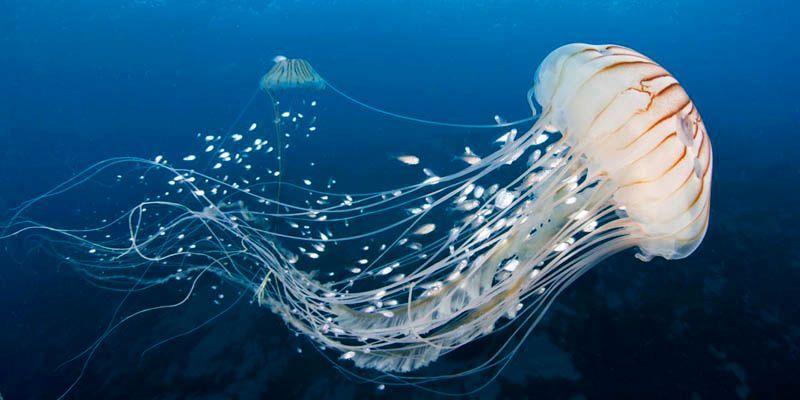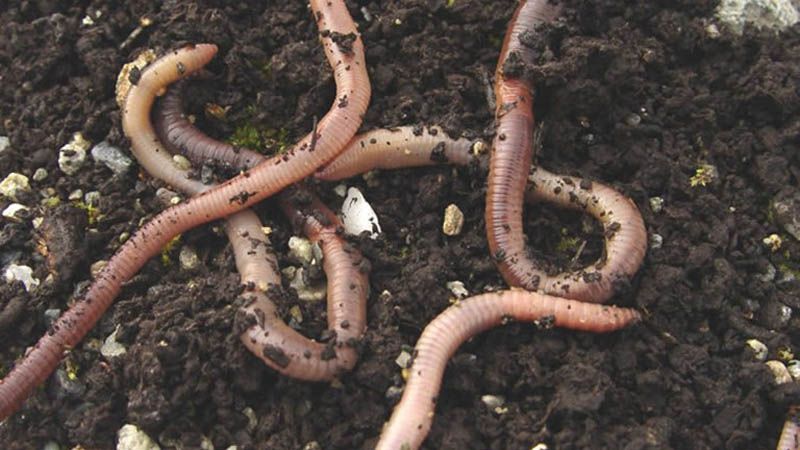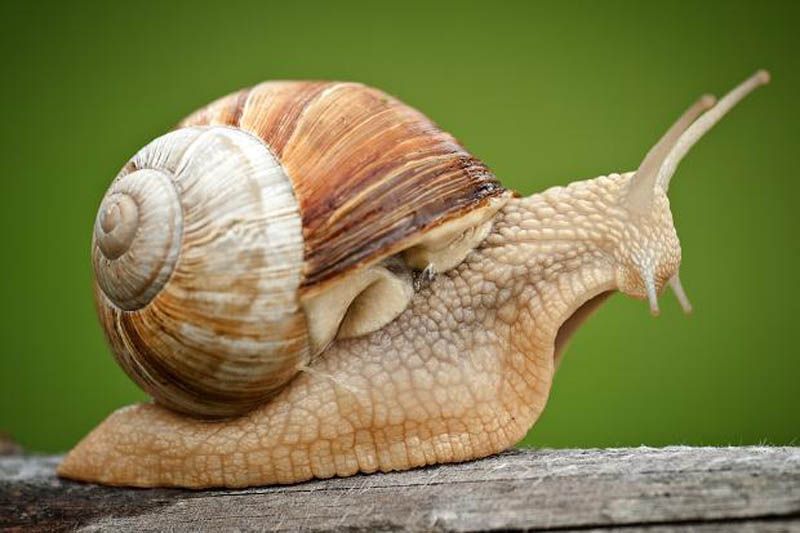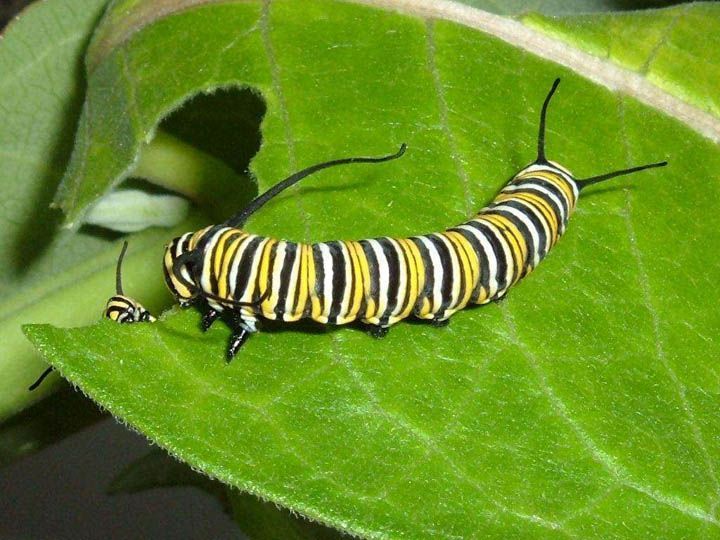Invertebrates
The main subgroups in the invertebrate group are the jellyfish, flatworms, annelid worms, nematode worms. arthropods, molluscs and echinoderms.
Jellyfish

Jellyfish or jellies are soft bodied, free-swimming aquatic animals with a gelatinous umbrella-shaped bell and trailing tentacles
Worms
There are three different types of worms found in the Animal Kingdom.
Flatworms

Annelids

Annelids have long, thin and soft bodies divided into segments or rings.
The earthworm is an annelid.
Nematodes

Nematodes have thin cylindrical bodies which are not divided into segments.
Molluscs
The mollusc group gets its name from the Latin word mollis, which means 'soft'. This refers to the soft bodies of the animals. Most molluscs have a shell to protect their body.
Snail

A snail has a coiled shell from which it pushes out its head and fleshy 'foot' when it wishes to move and feed.
Octopus

An octopus is a mollusc with tentacles.
Slug

The slug also has a small shell, but it is under the saddle-like structure (called the mantle) on its back, and does not provide protection.


